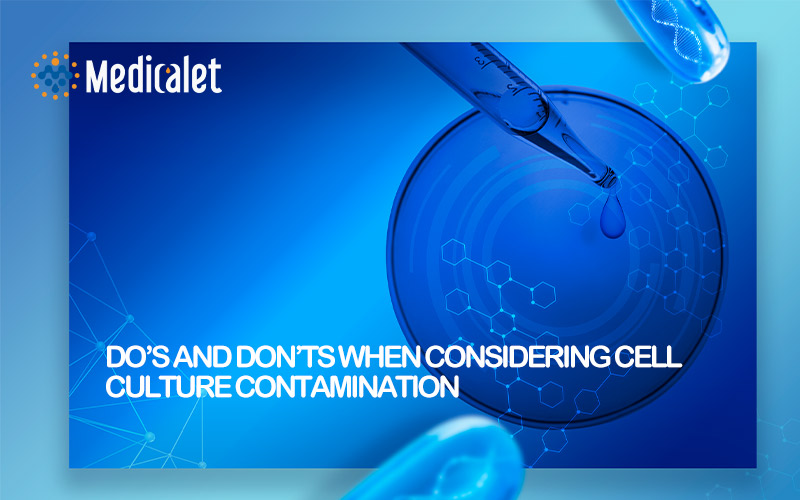
Don't rely on microscopic examination of cell culture,as many have similar morphological characteristics and these can be influenced by culture environment.
Do use sterile technique. Biological contaminants can enter cultures by contact with nonsterile supplies, media or solutions. Sterile technique is vital to reduce the risk of contamination. Other common ways contamination can enter your culture is through not fully sterilized autoclave items(because the temperature or humidity was incorrect, or because samples were stored incorrectly following autoclaving). Sera and FBS should be tested for sterility before use.
Do sterilize hoods and incubators regularly. Aerosols can spread cells during manipulation, transportation, or incubation. To reduce the risk of this, laminar flow hoods and incubators need to be sterilized on a regular basis using multiple methods including UV light and disinfectant. To be completely certain that no contamination can occur, completely separate culture rooms and use separate hoods, equipment, ventilation, and incubators for separate cell lines.
Do use appropriate naming systems and details. Insufficient details can lead to human error (accidental mixing of tubes or placing cultures in inappropriate incubators or hoods) and result in contamination.
Do obtain validated cell lines from repositories rather than from colleagues. This will help ensure that you are getting the correct cell line and that is not contaminated.
Do isolate and dispose of any potentially contaminated cell lines. After disposal, you should sterilize the lab and all of your equipment to reduce the chance of transferring this contamination.
